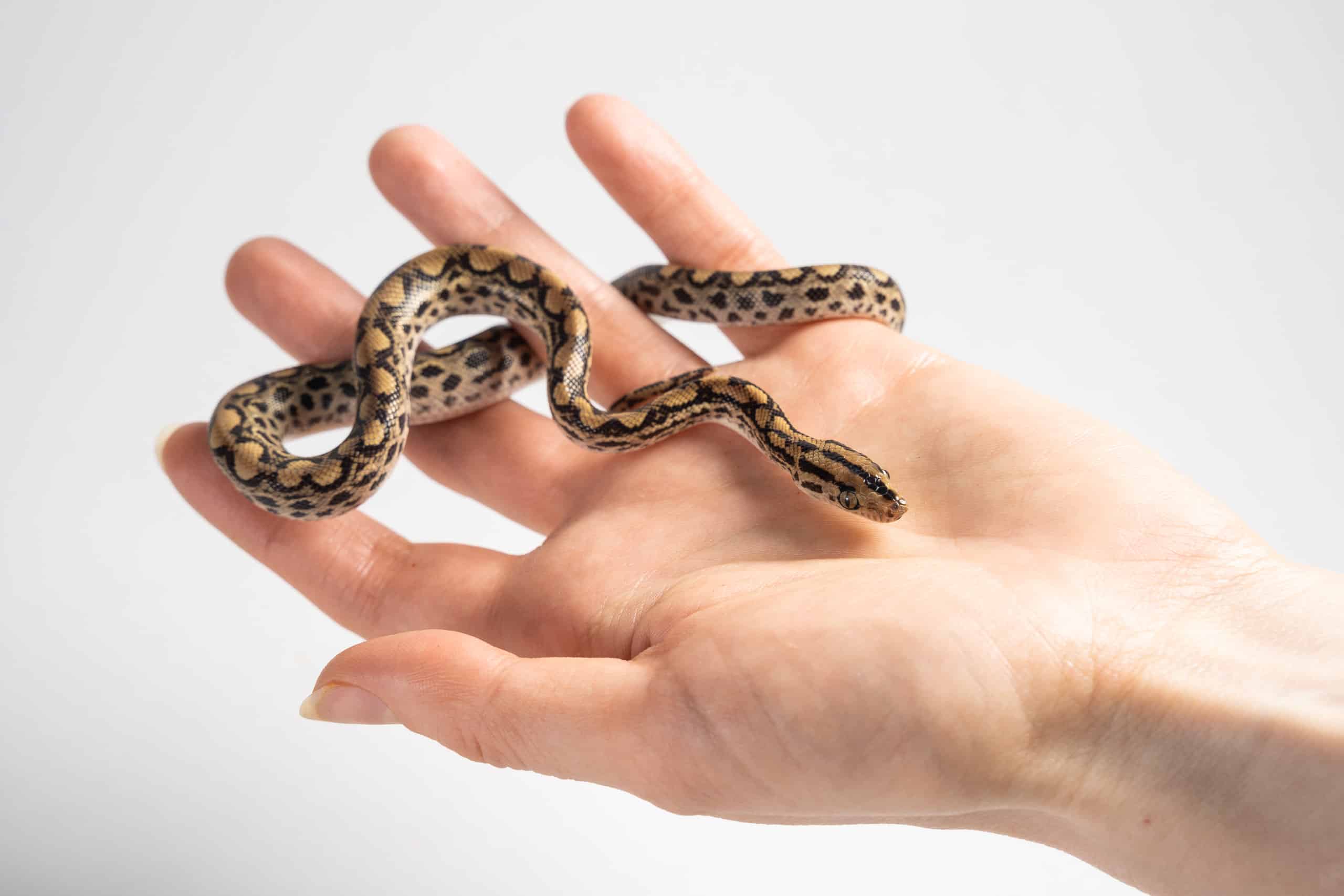Tropical snakes thrive in environments with high humidity and regular rainfall, making rain simulations crucial for captive specimens to promote natural behaviors and overall well-being. Creating an effective rain system allows these specialized reptiles to experience conditions similar to their native habitats, encouraging activities like breeding, shedding, and natural drinking behaviors. Whether you’re caring for arboreal species like emerald tree boas, terrestrial species such as rainbow boas, or semi-aquatic snakes like anacondas, a properly designed rain simulation can significantly enhance their quality of life. This comprehensive guide will walk you through everything you need to know about setting up an effective rain simulation system for your tropical snake enclosure.
Understanding Why Rain Simulations Matter
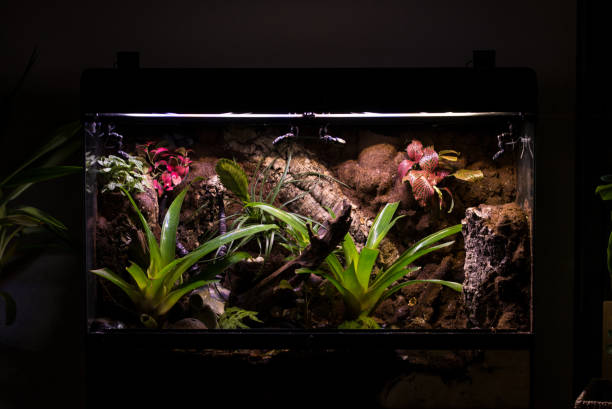
Rain simulations serve multiple crucial purposes in the husbandry of tropical snake species. In their natural environments, many tropical snakes rely on regular rainfall not just for hydration but also as environmental cues for breeding cycles and seasonal behaviors. The falling water helps maintain appropriate humidity levels, which is essential for proper shedding and respiratory health in species adapted to high-moisture environments. Additionally, rain simulations can stimulate natural behaviors like climbing, exploring, and drinking water droplets from leaves and surfaces, activities that contribute to both physical and psychological well-being. Without these environmental stimuli, captive tropical snakes may experience stress, health issues, and reduced natural behaviors, making rain systems an important investment for serious keepers.
Selecting the Right Snake Species for Rain Simulations
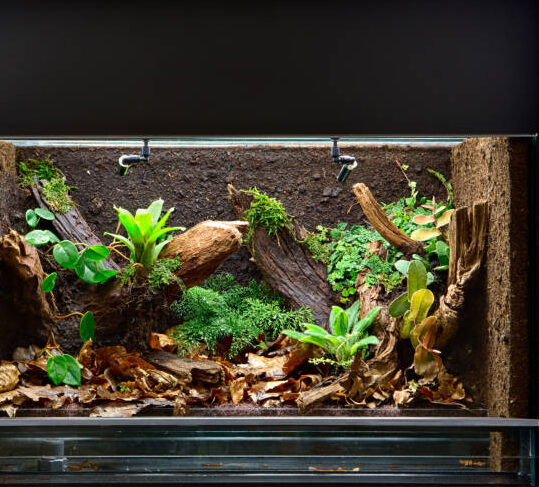
Not all snake species benefit equally from rain simulations, so it’s important to understand your specific snake’s needs. Species native to tropical rainforests, such as Amazon tree boas (Corallus hortulanus), emerald tree boas (Corallus caninus), and various python species from Southeast Asia, typically respond most positively to regular rainfall simulation. Snakes from seasonal tropical forests, like blood pythons (Python brongersmai) or certain rat snake species, may benefit from occasional rather than daily rainfall. Species from arid or desert regions, however, can be stressed or even harmed by excessive moisture, so research your specific snake’s native habitat thoroughly before implementing any rain system. The behavioral response of your snake—increased activity, improved feeding, or better shedding—can be excellent indicators that your rain simulation is beneficial.
Essential Equipment for a Basic Rain System
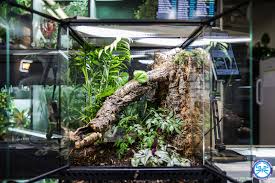
Creating an effective rain simulation doesn’t require overly complex equipment, but several key components are essential. At minimum, you’ll need a water reservoir, a submersible pump with appropriate capacity for your enclosure size, flexible tubing to transport the water, and some form of spray nozzles or drip heads to distribute the water. A timer is highly recommended to automate the system and ensure consistent, controlled rainfall sessions. Additionally, investing in a quality filtration system for the water reservoir will prevent bacterial buildup and clogging of spray nozzles. For more sophisticated setups, consider adding pressure regulators to control water flow intensity and a heating element if you want to simulate warm tropical rain. These components can be purchased from reptile specialty stores, aquarium suppliers, or even hardware stores for DIY approaches.
Designing Your Enclosure for Proper Drainage
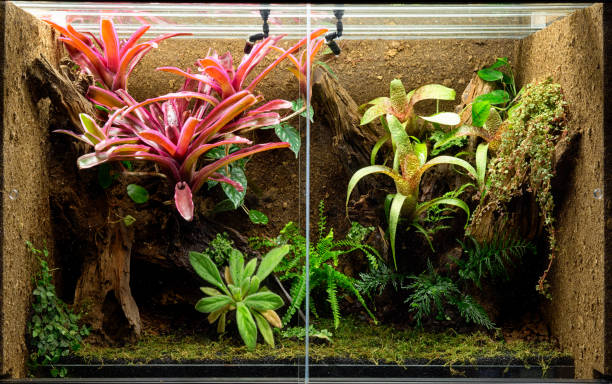
Proper drainage is perhaps the most critical aspect of any rain simulation system, as stagnant water can quickly lead to bacterial growth and health problems. Start by ensuring your enclosure has a slight slope toward a drainage point, which can be connected to a collection container or drain. Many keepers use a false bottom approach, creating an elevated floor with egg crate light diffuser panels covered with screen and substrate, allowing excess water to drain to a reservoir below. For terrestrial species, incorporate areas of the enclosure that remain relatively dry, giving the snake options to regulate its moisture exposure. Substrate choices matter significantly; avoid materials that compact when wet, instead opting for drainage-friendly options like orchid bark, sphagnum moss, or specialized reptile drainage substrates that can absorb moisture without becoming waterlogged.
Calculating the Right Rain Volume and Frequency
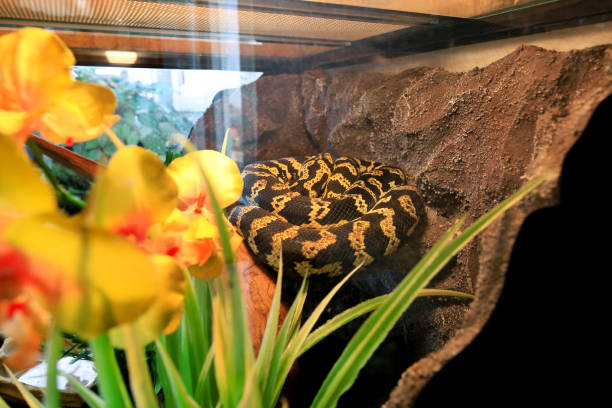
Finding the perfect balance of rainfall volume and frequency depends on both your snake species and your enclosure design. As a starting point, most tropical species benefit from light to moderate rain sessions lasting 2-5 minutes, occurring once or twice daily. The water volume should be sufficient to create visible droplets on enclosure surfaces without flooding the habitat. Study rainfall patterns in your snake’s native region for more specific guidance—some areas experience brief, intense daily downpours while others receive gentler, more frequent precipitation. Seasonal adjustments may also benefit your snake; many tropical regions have distinct wet and dry seasons, which you can simulate by increasing rainfall during certain months. Always monitor your snake’s behavior and the enclosure’s humidity levels after implementing a rain schedule, adjusting as needed if you notice signs of excess moisture (like mold growth) or insufficient humidity (difficulty shedding).
Setting Up a Misting System vs. a Drip System
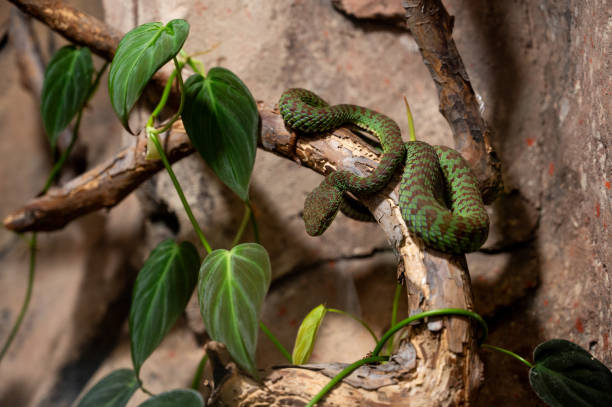
When designing your rain simulation, you’ll need to choose between a misting system, which creates a fine spray, and a drip system, which produces larger water droplets. Misting systems typically use pressurized spray nozzles that create a fog-like effect, ideal for maintaining ambient humidity and simulating light rain or morning mist. These systems work particularly well for arboreal species that drink water droplets from leaves and surfaces. Drip systems, alternatively, create larger water droplets that more closely mimic heavier rainfall, often preferred by semi-aquatic species or those from regions with monsoon seasons. Many experienced keepers combine both approaches—using misters for daily humidity maintenance and a drip system for periodic heavier “rainfall” events. Consider your specific snake’s natural habitat and behaviors when deciding which approach is most appropriate, or implement a hybrid system that offers the benefits of both.
Water Quality Considerations
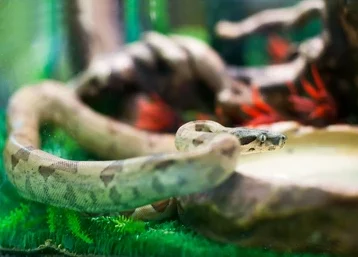
The quality of water used in your rain simulation system directly impacts your snake’s health and the longevity of your equipment. Tap water containing chlorine and heavy minerals can irritate a snake’s sensitive skin and respiratory system, while also leaving deposits that clog spray nozzles and tubing. Reverse osmosis (RO) water or distilled water is ideal, though dechlorinated tap water can be acceptable in many situations. If using tap water, allow it to sit for 24 hours to off-gas chlorine or use a reptile-safe water conditioner. Consider installing an in-line water filter in your system to remove impurities, particularly if you’re recycling water through a reservoir. The water temperature matters as well—aim for slightly warm water (75-85°F) to mimic tropical rainfall and avoid shocking your snake with cold water, which can cause stress or respiratory infections in these temperature-sensitive reptiles.
DIY Rain Simulation Options
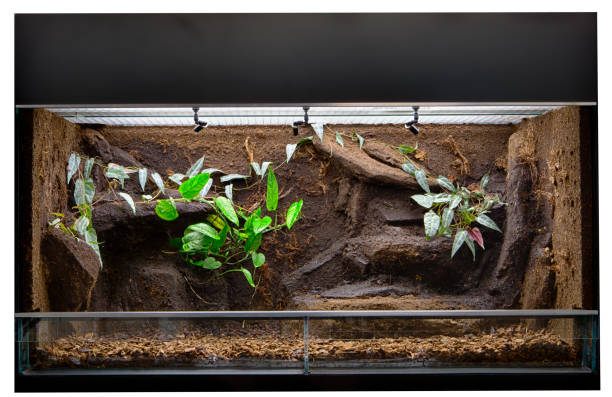
Creating your rain simulation system can be both cost-effective and customizable to your specific enclosure needs. A simple DIY option involves using a small submersible pump in a water reservoir connected to irrigation tubing with small holes punched along the length, positioned along the top of the enclosure. For more control, replace the punched holes with adjustable irrigation drippers or misting nozzles from a garden center. Aquarium wave makers or small fountain pumps can serve as the water delivery mechanism when paired with appropriate tubing. Some keepers repurpose household items like shower heads or perforated plastic bottles to create rain effects. When building a DIY system, focus on creating consistent water pressure and distribution while ensuring all electrical components remain safely separated from water sources. While professional systems offer reliability and precision, a thoughtfully constructed DIY setup can be equally effective at a fraction of the cost.
Commercial Rain Systems Worth Considering
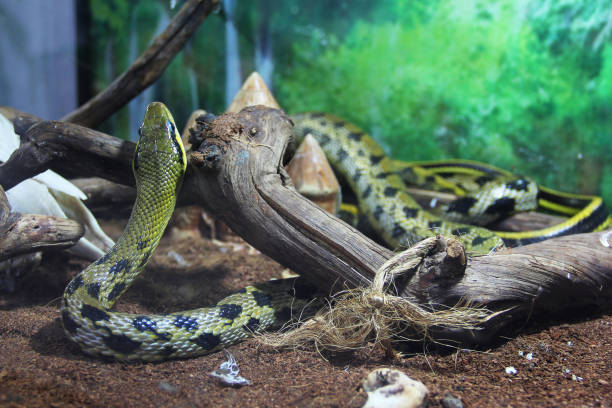
For those preferring turn-key solutions, several commercial rain simulation systems are specifically designed for reptile enclosures. The MistKing system has earned a reputation among serious keepers for its reliability and customization options, offering various nozzle types and programmable timers. The Monsoon RS400 by Exo Terra provides an accessible entry-level option with a digital timer and adjustable nozzles suitable for smaller to medium enclosures. For larger or multiple enclosures, the ProMist or Cli-Mist systems offer commercial-grade performance with multiple zones and precise control. Most commercial systems range from $100 for basic setups to $500+ for advanced configurations, but the investment typically pays off in reliability and reduced maintenance. When choosing a commercial system, consider factors like the number of nozzles supported, timer functionality, reservoir capacity, and whether the system recirculates water or requires fresh water for each cycle.
Planting Considerations for Rain Systems

Live plants enhance the effectiveness of rain simulations by providing natural surfaces for water droplets to collect, creating realistic drinking opportunities for your snake. Select plants native to your snake’s region that thrive in similar conditions—options like pothos, philodendron, bromeliads, and various tropical ferns typically perform well under periodic rainfall. Position plants strategically to create a rainfall gradient, with some areas receiving more direct water than others, providing microhabitat options for your snake. Consider the root systems when selecting plants; those with shallow roots work better in enclosures with limited substrate depth, while plants with aggressive root systems might damage enclosure features over time. Remember that with a rain system, your plant maintenance changes—you’ll rarely need to manually water, but you should monitor plants for overwatering and ensure adequate drainage to prevent root rot.
Monitoring and Maintaining Appropriate Humidity Levels
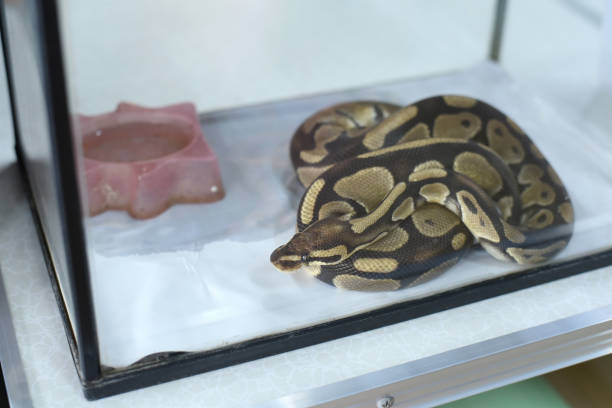
Even with a rain simulation system, consistently monitoring humidity levels remains essential for tropical snake health. Install multiple hygrometers throughout the enclosure to check for humidity gradients, placing them at different heights and locations to ensure comprehensive readings. Most tropical species thrive in humidity ranges between 70% to 90%, though specific requirements vary by species. Digital hygrometers with memory functions can help track humidity fluctuations throughout the day, revealing whether your rain schedule is maintaining appropriate levels. Pay special attention to humidity levels following rain cycles—ideally, humidity should peak shortly after rainfall and gradually decrease without dropping below the minimum requirement for your species. Seasonal adjustments may be necessary, as ambient room conditions change throughout the year, particularly in homes with forced-air heating or cooling systems that affect overall humidity. Remember that while high humidity is important for tropical species, constantly saturated conditions without dry periods can lead to bacterial and fungal issues.
Troubleshooting Common Rain System Problems

Even well-designed rain systems occasionally encounter issues that require troubleshooting. If you notice clogged nozzles or reduced water flow, the most common culprit is mineral buildup or algae growth, which can be addressed by soaking components in a vinegar solution or using a specialized reptile habitat cleaner. Water leakage often occurs at connection points; check all fittings and consider using plumber’s tape to create better seals. If your pump is running but water isn’t flowing, check for air locks in the system by temporarily disconnecting the tubing to release trapped air. Inconsistent spray patterns typically indicate pressure issues; ensure your pump is appropriately sized for your system, and consider adding a pressure regulator if necessary. For automated systems with timers, verify that power outages haven’t reset your programming, and consider installing a battery backup for critical components. Regular maintenance—cleaning nozzles, checking connections, and inspecting pumps—can prevent most common problems before they affect your snake’s environment.
Observing Behavioral Changes After Implementation
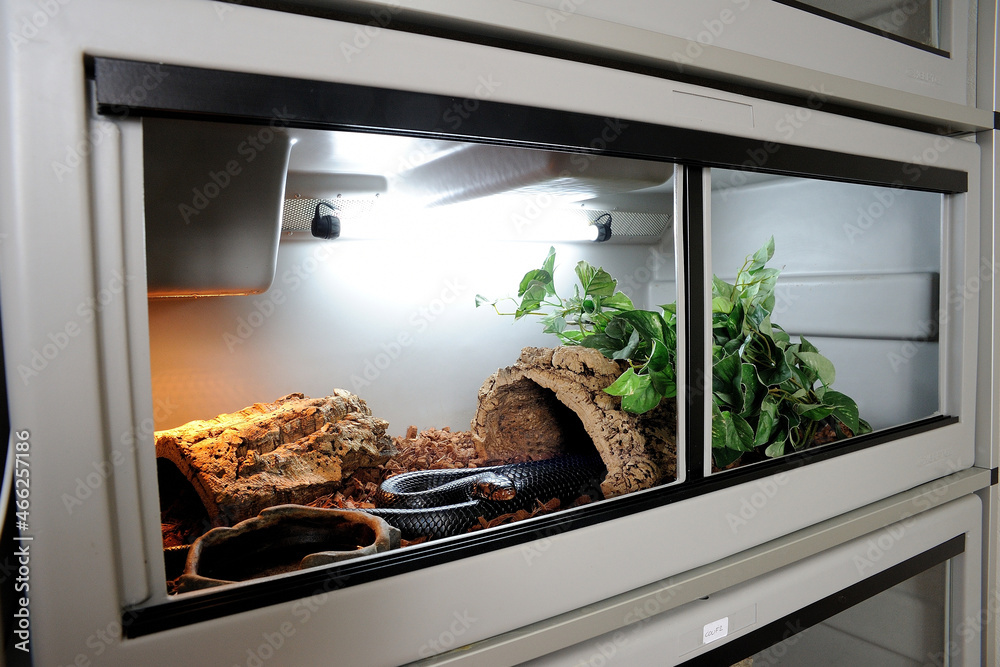
One of the most rewarding aspects of installing a rain simulation system is observing the natural behaviors it stimulates in tropical snakes. Many keepers report increased activity levels during and immediately after rain cycles, with arboreal species often climbing to higher positions to access water droplets. Drinking behavior may change dramatically, with snakes that previously ignored water bowls eagerly lapping droplets from leaves and surfaces. Improved shedding is another common benefit, with many snakes completing their sheds in one intact piece rather than in fragments. During breeding season, rainfall can trigger courtship behaviors in some species, particularly those whose breeding cycles naturally coincide with seasonal rains in their native habitats. Keep a log of behavioral changes you observe, noting activities like exploration, tongue-flicking, drinking, and soaking behaviors about your rain schedule. These observations not only confirm the system’s effectiveness but can help you fine-tune the timing and intensity of rainfall to best match your snake’s preferences.
Health Considerations and Potential Risks
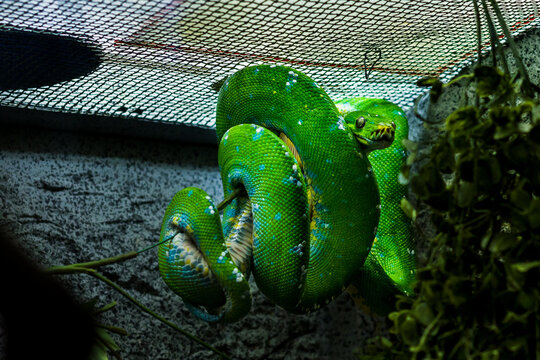
While rain simulations offer numerous benefits, they also come with potential health risks that require vigilant monitoring. Excessive moisture without adequate ventilation or dry periods can create conditions favorable to respiratory infections, particularly dangerous for reptiles. Scale rot—a bacterial infection affecting a snake’s ventral scales—can develop if the substrate remains constantly wet without dry areas available. Regularly inspect your snake’s skin, particularly the belly scales, for any discoloration, blistering, or unusual texture that might indicate developing issues. Monitor for signs of respiratory infection such as wheezing, bubbles around the nostrils, or open-mouth breathing. Managing these risks requires balancing the rain system with appropriate ventilation, providing dry refuge areas, and establishing a cleaning protocol for the enclosure to prevent bacterial buildup. Remember that natural rainforests, while humid, typically feature excellent air circulation and varied microhabitats that allow animals to regulate their exposure to moisture—your enclosure should recreate these options.
Adapting Your System for Different Life Stages
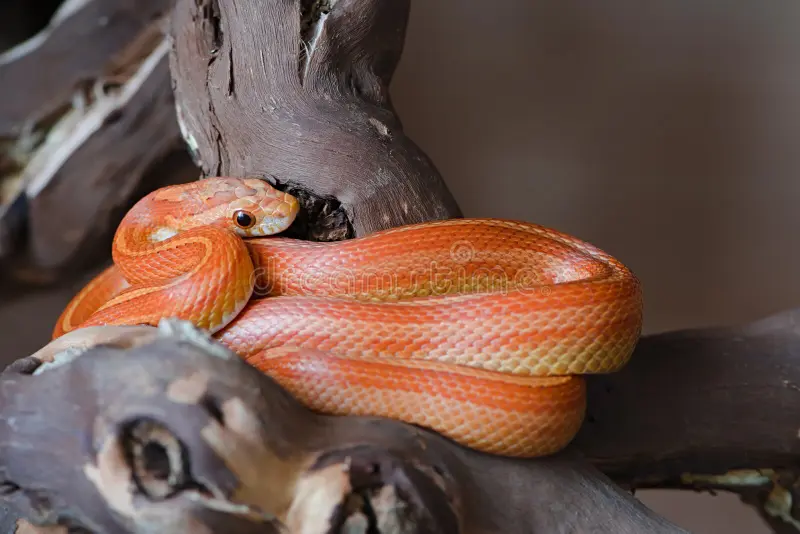
A snake’s needs regarding rainfall and humidity often change throughout its life cycle, requiring adjustments to your simulation system. Hatchling and juvenile snakes typically benefit from higher humidity levels than adults, as their smaller bodies and higher surface-area-to-volume ratio make them more vulnerable to dehydration. For breeding females, increased rainfall can simulate seasonal changes that trigger reproductive behaviors, while post-egg-laying females may benefit from reduced rainfall to prevent egg binding or reproductive complications. During shedding periods for snakes of any age, slightly increasing the frequency or duration of rain sessions can help facilitate the process, particularly for the difficult head shed that many captive snakes struggle with. If your snake becomes ill or requires medication, consult with your veterinarian about temporarily adjusting your rain simulation, as some conditions might benefit from increased humidity while others might require drier conditions. The flexibility to adjust your system’s parameters according to these changing needs is one of the greatest advantages of a well-designed rain simulation setup.
Seasonal Adjustments for Naturalistic Cycles
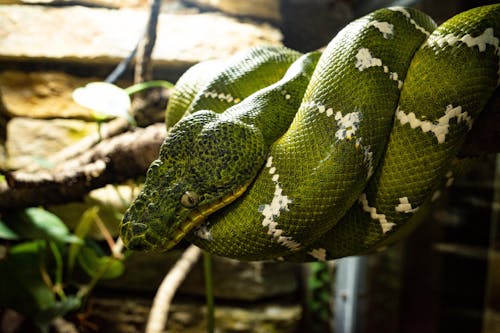
Many tropical regions experience distinct wet and dry seasons, creating natural cycles that influence snake behavior and physiology. Replicating these seasonal variations can enhance your snake’s well-being and trigger natural behavioral patterns. Research your specific snake’s native region to understand its natural rainfall patterns throughout the year. For example, Amazon basin species might experience heavy daily rains from December through May, with reduced precipitation during other months. Program your rain system to reflect these patterns—perhaps with twice-daily heavy rain sessions during the wet season months and once-daily lighter sessions during drier periods. These seasonal adjustments can trigger natural breeding cycles, feeding responses, and activity patterns that might otherwise be suppressed in captivity. Some keepers report that mimicking natural seasonal variations leads to more successful breeding outcomes and overall healthier specimens displaying a fuller range of natural behaviors.
Combining Rain Systems with Other Environmental Features
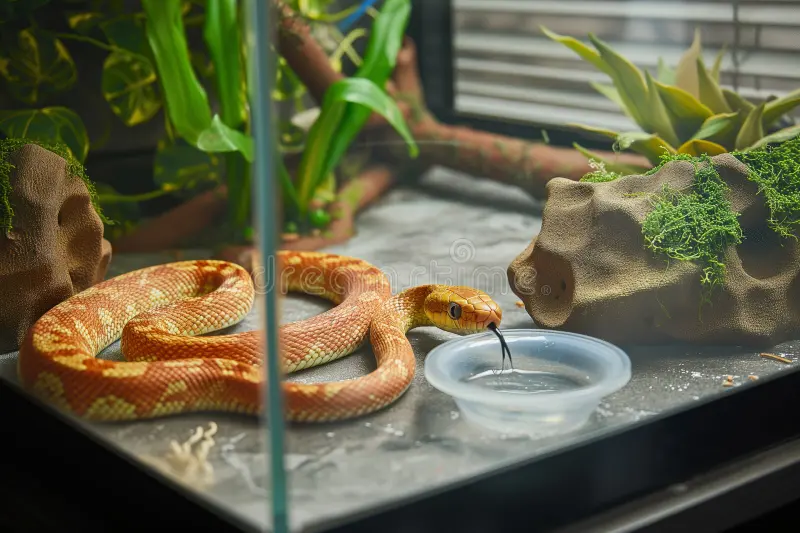
A truly naturalistic habitat incorporates rain simulation as just one element within a comprehensive environmental system. Consider how your rain system interacts with lighting, particularly UVB lighting, which benefits many species and may need waterproof fixtures or protective covers. Temperature gradients should work in concert with your rain system—many tropical areas experience slight temperature drops during rainfall, which you can simulate by connecting your rain timer to a temporary reduction in heating elements. Ventilation systems become especially important with rain simulations, as they prevent stagnant, overly humid conditions while still maintaining appropriate moisture levels. If incorporating water features like streams or pools, design them to be refreshed by your rain system, creating flowing water that reduces bacterial growth. Automated misting systems can complement rain systems by maintaining baseline humidity between rainfall events, while foggers can add visual interest and simulate morning mist conditions. When these elements work together harmoniously, they create a dynamic environment that more closely mimics the complex conditions of a tropical forest.
Beyond benefiting individual captive snakes, properly designed rain systems contribute to broader conservation efforts by improving captive breeding success for threatened tropical species. Many rare species have specific environmental triggers for reproduction that are difficult to replicate without sophisticated rain simulation. By documenting successful husbandry techniques involving rain systems, keepers contribute valuable knowledge that can benefit conservation breeding programs for endangered snakes. Water conservation should be considered in

